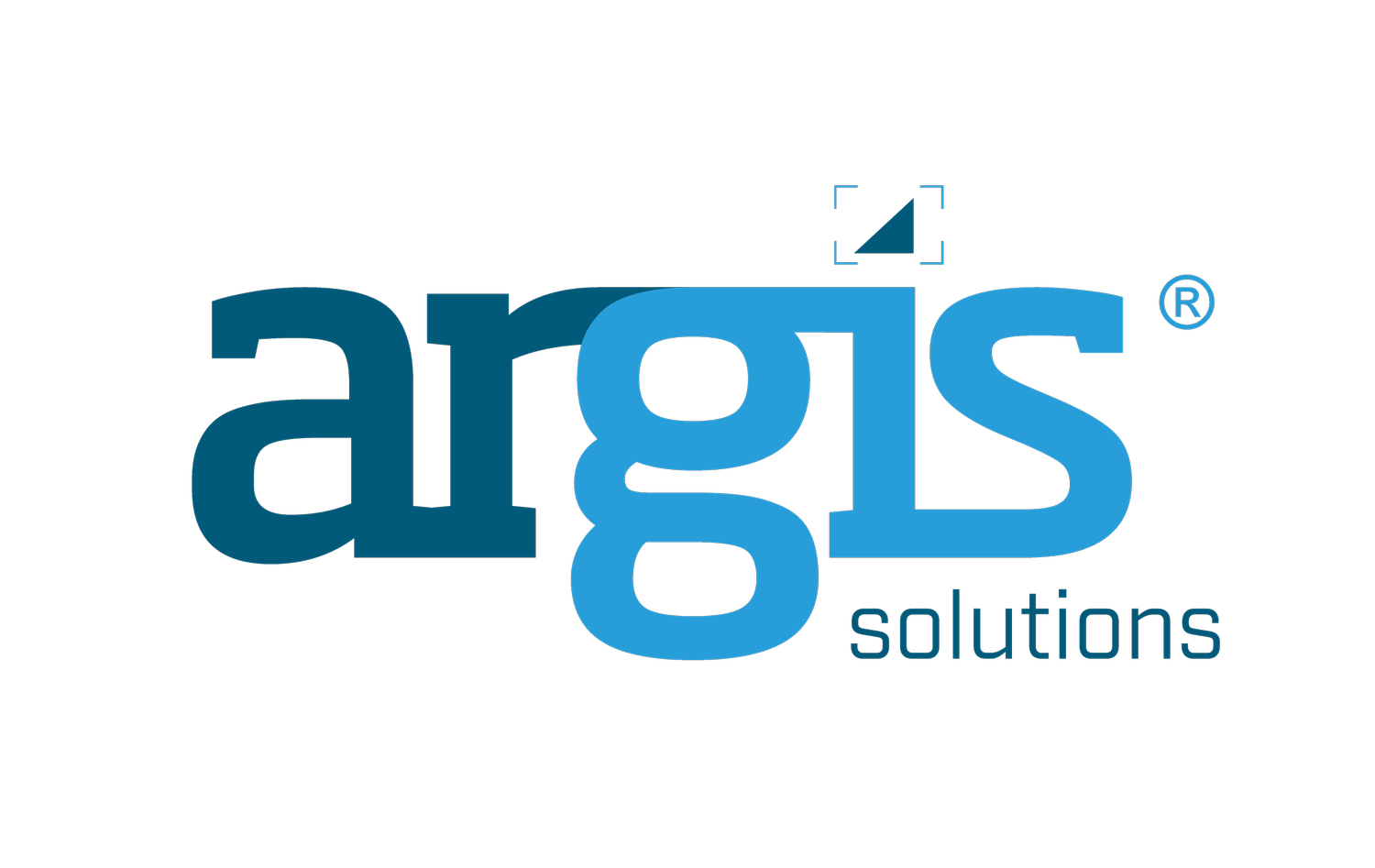GIS Day 2020
For GIS Day 2020, Argis Solutions is partnering with GIS Colorado to offer virtual presentations to students of Challenge to Excellence Charter School in Parker, Colorado. Our goal? Expand students’ knowledge of mapping, explaining what GIS is and how GIS contributes to a more knowledgeable, better functioning society. Students will use GPS, iPads, and ArcGIS Collector to gather data relating to geographic information about the C2E Watershed in order to understand how nature and humans interact with the watershed.
Genie Hays, technical coordinator and GIS analyst representing GISCO, and Brady Hustad, founder and CEO of Argis Solutions, answered the following questions for students.
What is GIS?
GIS stands for geographical information systems. GIS converts spatial and locational information into computer-accessible information. A lot of information goes into map-making, and GIS organizes that data so that it can be better understood and more efficiently used.
What is GIS used for?
More than you might realize! Most internet searches today have some kind of locational or geographical aspect to them. Much of the data we use and care about is connected to GIS. If you want to know:
- directions to the grocery store or a restaurant
- where buried underground utilities are located
- how many people live in a county
- if you can build a factory or a residential home in a particular area within a city
…..then you will need GIS to help you! GIS is everywhere!
Why is it important to have digital maps?
A paper map can get lost or destroyed. With digital maps, it is easier to record and analyze data over time. In her first job after college, Genie Hays was asked to monitor Seattle’s shoreline erosion over the span of 30 years. Using a computer, she placed a dot on the shoreline for each year, and with the help of GIS, she was able to measure those changes quickly and easily. Her tracking and analysis of 30 years of data helped her community better understand how the shoreline was changing over time in order to address the erosion problem more effectively.
Are there other ways we use maps?
The political maps shared by news organizations during this month’s national and local elections were created with recently gathered U.S. census data. These maps visually represented that demographic information to help us better understand and analyze voter’s ballot decisions.
Maps help us have access to the conveniences of modern life: Toilets that flush, water that runs, electricity that turns on, smooth roads that are free of potholes, and broadband that keeps our smart devices running. Cities use GIS to help track and locate the many elements of infrastructure that support these conveniences. With GIS we can record how old the pipes, streetlights, and roads are, where they are located, and when maintenance should be scheduled.
Why is it important to learn about GIS?
Understanding the origins of GIS offers a powerful example of GIS’ value and potential. The first GIS system was developed by English doctor John Snow as a way of trying to understand and track a cholera outbreak in London. At the time, the prevailing thought was that all disease was airborne in transmission, but Dr. Snow began to suspect that water might play a role in cholera outbreaks as he began contact tracing efforts. He mapped all the water pumps in the area of the outbreak and then began canvassing the neighborhoods, asking which pump each household had used, and noting which households had sickness. A pattern emerged, and he was able to trace the outbreak to a single water pump. A sewage leak was discovered that had allowed waste to enter the drinking water of the pump that was the source of the outbreak.
As we live through our own pandemic in 2020, we can see how GIS advancements have moved far beyond John Snow’s paper maps. Digital mapping offers us better access to large amounts of data so that we can quickly analyze it and respond more effectively.
Equipping younger generations with GIS knowledge
It’s fun to imagine the future possibilities and opportunities GIS will offer as more software and technologies are developed. We smile thinking how the students at Challenge to Excellence Charter School may play a role as technology innovators in the years to come!
This introduction to GIS is part of Argis Solutions’ initiative to offer educators access to newer GIS technologies so that students are exposed to cutting-edge advancements. With a solid GIS foundation, students will be ready for the 21st century workplace. To learn more about what Argis Solutions is doing in education, contact us.
